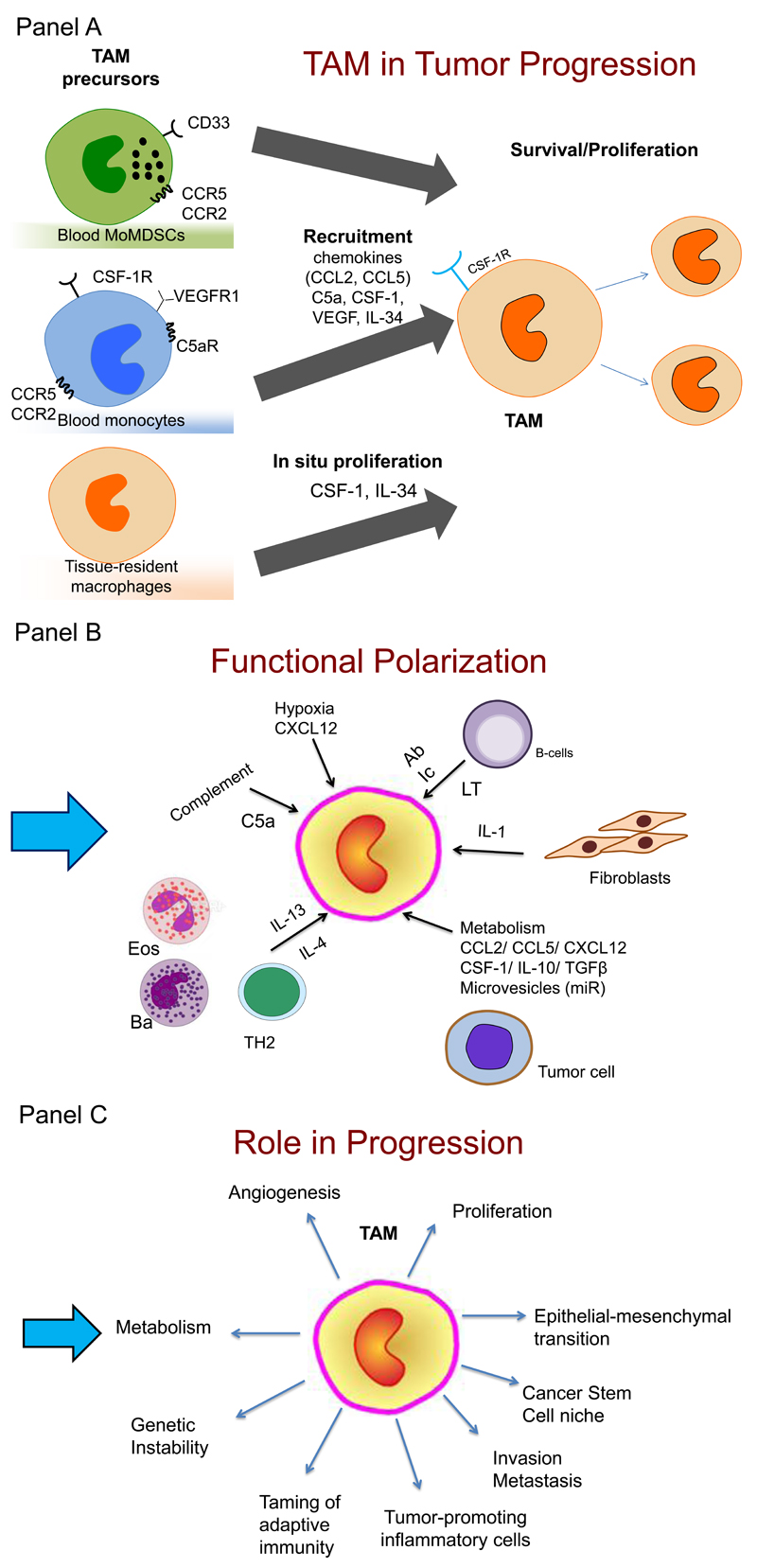Figure 1. A schematic representation of the role of tumor-associated macrophages in tumor progression.
Panel A. Monocytes and MoMDSC (see Box 1) are recruited in tumors in response to diverse chemoattractants including CSF1, chemokines and complement components. In tumors, monocytes differentiate into macrophages (Tumor-associated macrophages, TAM). In some tumors, in situ proliferation may occur and local tissue resident macrophages of embryonic origin may contribute to TAM. Signals in the tumor microenvironment skew the function of TAM.
Panel B. Pathways and molecules polarizing TAM differ in different tumors. These include: IL-4 and IL-13 derived from TH2 cells, eosinophils (Eos) and basophils (Bas); cytokines and metabolites from tumor cells; antibodies (Ab) from B cells and immune complexes (Ic); stromal cell-derived factors (IL-1, LT).
Panel C. TAM affect virtually all aspects of tumor cell biology, including provision of a niche for cancer stem cells (CSC); angiogenesis; epithelial to mesenchymal transition (EMT); invasion and metastasis; proliferation; genetic instability.

